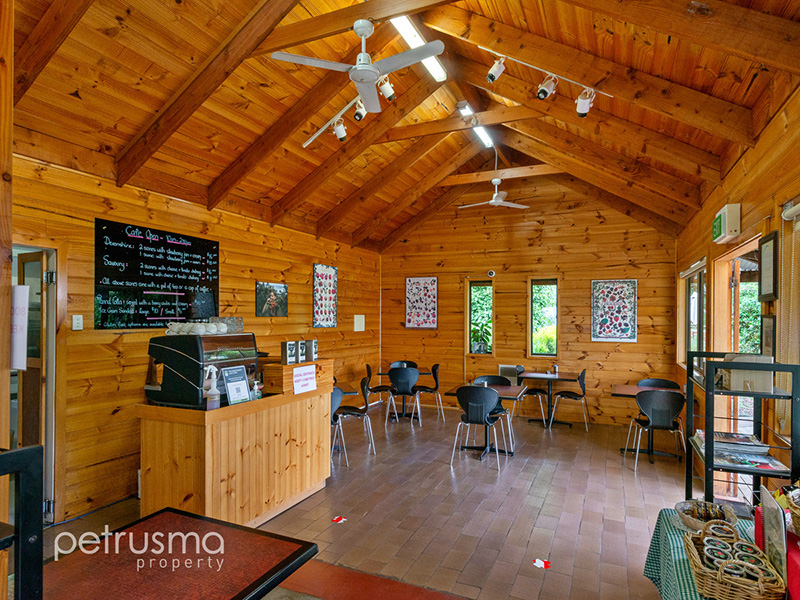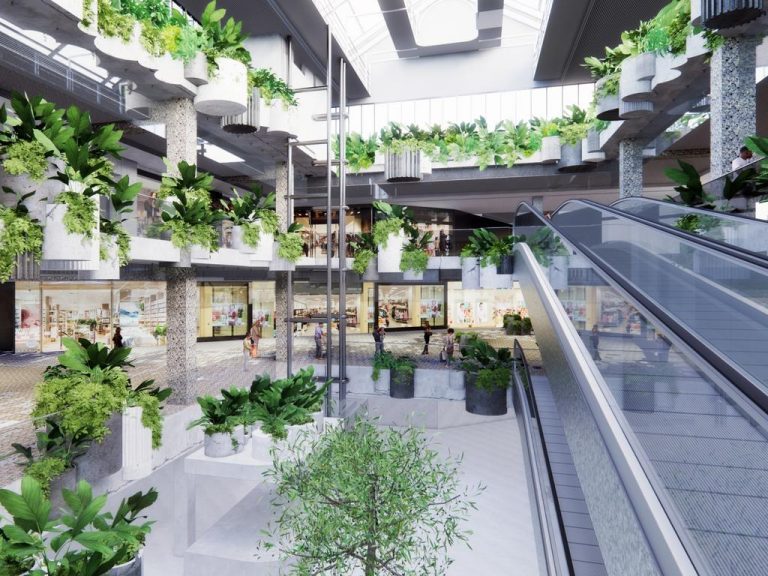Financially fruitful Tasmanian farm hits the market

A Tasmanian fruit farm is giving buyers the chance to tap into one of Australia’s highly-valued agricultural industries.
Sorell Fruit Farm produces strawberries, cherries, apricots, nectarines, peaches, apples and pears including the Asian nashi species.
The 5ha property also features a cafe, farm gift shop and four-bedroom residence and there’s the opportunity for additional development which could increase its pre-pandemic annual revenue of $550,000.
Agricultural record highs
This potential for growth comes on the back of Australia’s record $75 billion agricultural production in 2020-21, with this figure expected to surge to $81 billion in 2021-22, according to a report produced this month by the Australian Bureau of Agricultural and Resource Economics and Sciences.
ABARES executive director Jared Greenville said these figures were a result of high crop production and the highest prices for Australian agricultural produce in 32 years with the sector still on an upward trajectory.

The massive 5ha block allows visitors to pick their own strawberries, cherries, apricots, nectarines, peaches, apples, pears and nashi fruits. Picture: realcommercial.com.au/for-sale
“Because we export most of what we produce, maintaining competitiveness on international markets has been the key to growth over the longer term,” Dr Greenville said.
Dr Greenville warned that positive conditions wouldn’t continue indefinitely, with agricultural production expected to drop to $76 billion next financial year.
“But this is still the second highest figure on record,” he said.
Berry good growth
Hort Innovation’s Australian Horticulture Statistics Handbook 2020-21 revealed the sector was worth $5.7 billion in the year ending June 2021.
Over this period, the industry produced 2.54 million tonnes of food with $4.95 billion distributed to retail areas and $787 million into food services.
Importantly for Sorell Fruit Farm buyers, the $620 million apple sector leads the industry when it comes to production value.
The $417.2 million strawberry sector is also considered to be one of Australia’s most popular fruits overall with 74% of Australian households purchasing an average of 303g of these fruits per shopping trip.
The berry industry is part of a strong trend in horticulture toward “sweet and snackable” lunchbox-style fruits, according to Australian Fresh Produce Alliance’s communication and engagement manager, Claire McClelland.
“Australians love berries and the berries category is now the fastest growing category in the fresh produce sector,” Ms McClelland said.
Farmers prove their pandemic resilience
The ABARES Snapshot of Australian Agriculture 2022 report revealed the pandemic’s effects on the nation’s agricultural workforce were most directly felt in the horticulture sector with its workers declining by around 8% (11,000 workers) between 2019–20 and 2020–21. However, Dr Greenville was pleased with farmers’ impressive ability to adapt to changing conditions and risks.
“We’ve seen productivity continue to increase as farmers continue to adapt,” he said.
Ms McClelland concurred with Dr Greenville about the difficult recent years for the industry.
“We’ve seen the peaks and troughs of panic buying over the COVID period, which puts pressure on suppliers,” she said.
“Overlay that with other pandemic challenges such as changing aspects in the labour market and the rising import costs that we’re experiencing across the economy.”

The farm’s shop sells jams, fruit vinegars and fruit liqueurs. Picture: realcommercila.com.au/for-sale
But Ms McClelland agreed with Dr Greenville about farmers’ resilience to difficult times.
“There’s been some COVID-related challenges and there’s always going to be weather-related challenges, but farmers are really resilient and quite optimistic about the consumption of fruit returning to normal and growing from there,” she said.
“Production and industry value is growing and the fresh produce industry is now the fastest growing sector in Australian agriculture so our outlook for the future is really positive.”
Agri-tourism a blossoming combination
COVID-related worker shortages will not affect the buyers of Sorell Fruit Farm, Ms McClelland explained.
“With this farm, people are paying you to pick fruit so you’d be facing the opposite of this problem,” she said.
Ms McClelland added that the farm and its on-site shop and cafe were part of a growing trend towards agri-tourism opportunities.
“Consumers like to know where their food comes from and like to feel connected to how their food is produced,” she said.
“So we’re seeing a real trend towards farm shops with these types of businesses typically being quite successful in the last few years during the pandemic.”
Knight Frank Launceston agri-property consultant Mark Ranicar added that the farm’s location 30km from Hobart and 15km from historic Richmond ensured its success with tourists.
“If you can’t make something work in that area, it won’t work anywhere,” Mr Ranicar said.

The stylish four-bedroom home is set well away from the farm, enabling a separation between private and work life. Picture: realcommercial.com.au/for-sale
Petrusma Property Hobart/Sandy Bay sales manager Mike Speakman said it was hard to determine who would buy the farm with both local and interstate people interested in it.
Some callers have a farming background while others are simply keen for a career move or tree change, he said.
“These people want something they can get their teeth into… other people just like the notion of something a little bit different,” he said.
“But we’ve had a steady stream of inquiries every day so it’s just a matter of time before we net a new buyer.”
Mr Speakman added that the farm’s focus on tourism and the well-maintained set up would make it easy for a new owner to keep it running, especially for someone with an agricultural background.
“There’s the very comfortable house too which is well away from from the farm so you can separate your personal life from your work life,” he said.
Mr Speakman explained buyers should consider the seasonal business of fruit growing while at the same time, thinking of ways they could turn this factor around.
“As soon as the fruit season’s over, you have to bunker down and you’re not going to earn any income with only a very small income from the cafe during the offseason,” he said.
“But if you started to collect all the dropped fruit that’s wasted and preserve it, or turn it into wine or jams, then that could actually give you a full 12-month business.”
Mr Speakman added that the former owners, who established the farm 30 years ago, could assist the new buyers as consultants.
Sorell Fruit Farm is for sale via expressions of interest, and has a price guide of $3 million.







